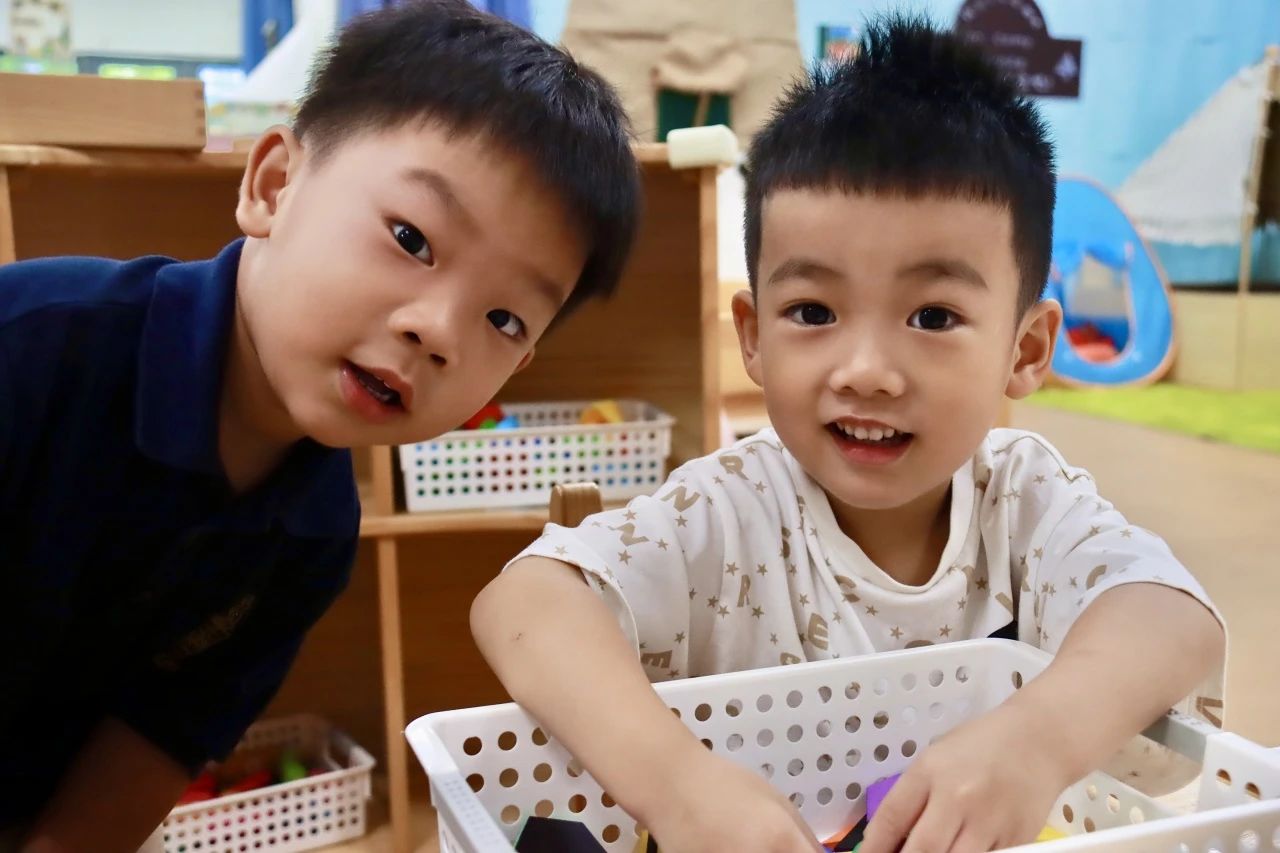
角色扮演空间
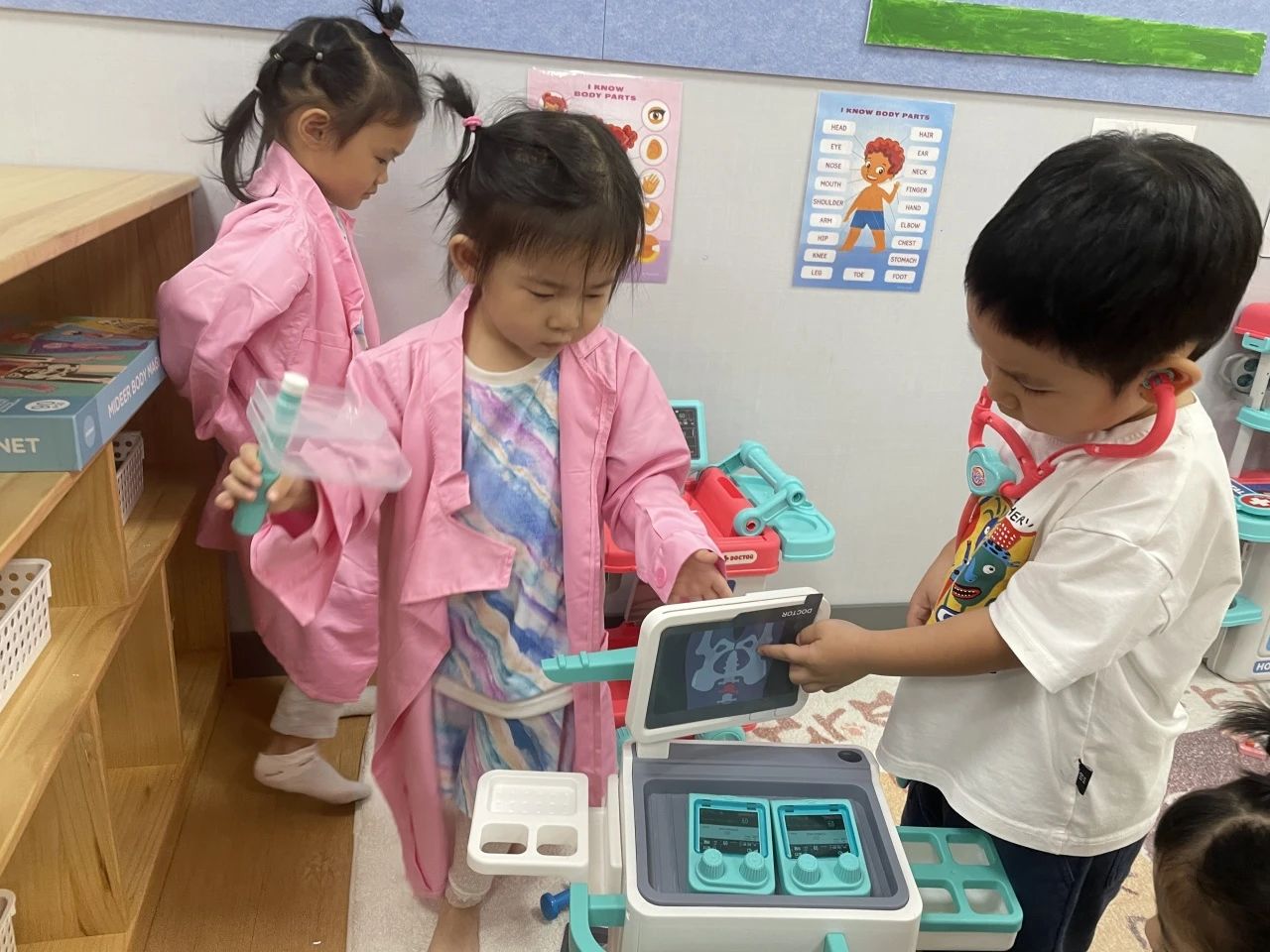

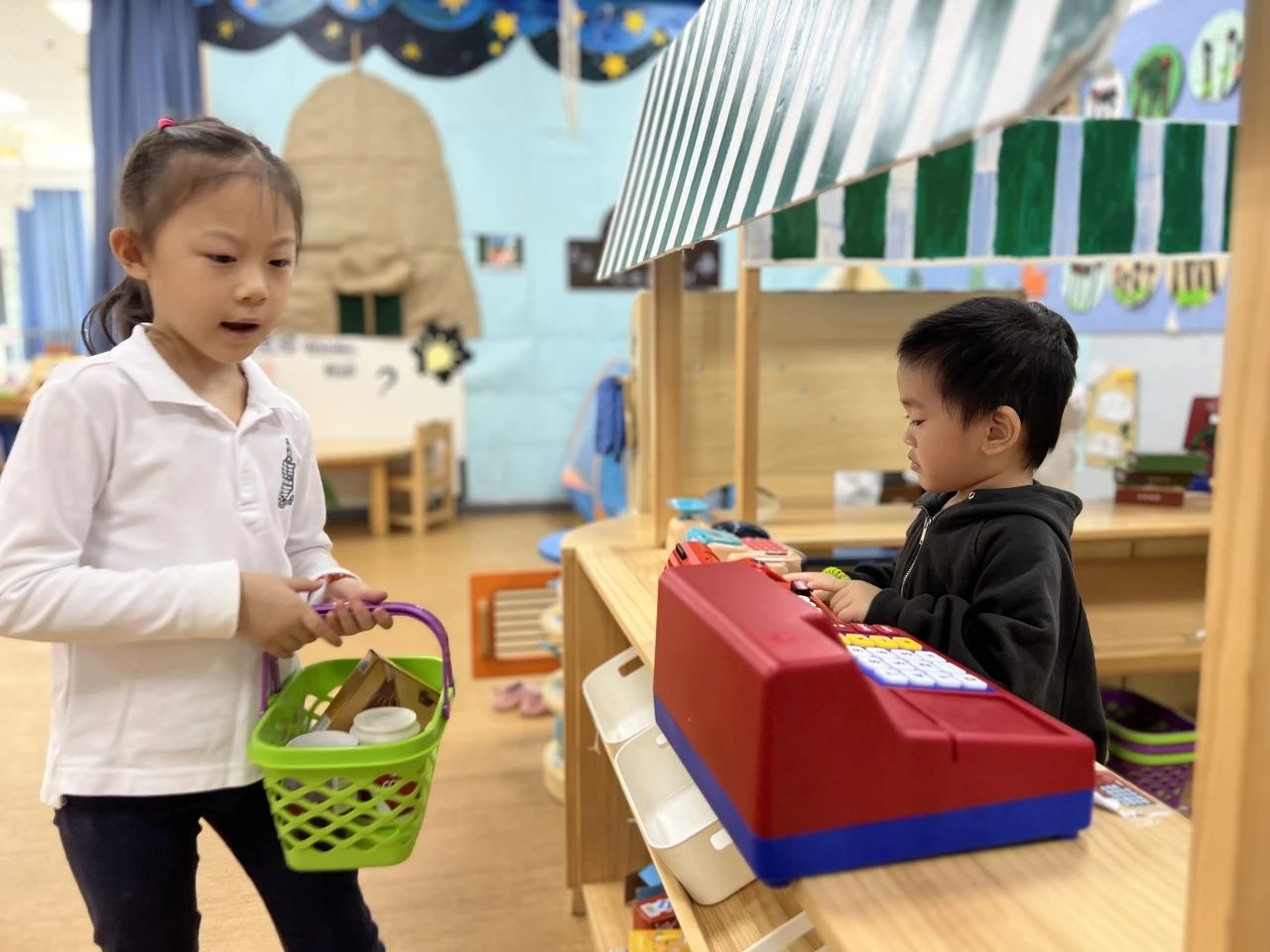
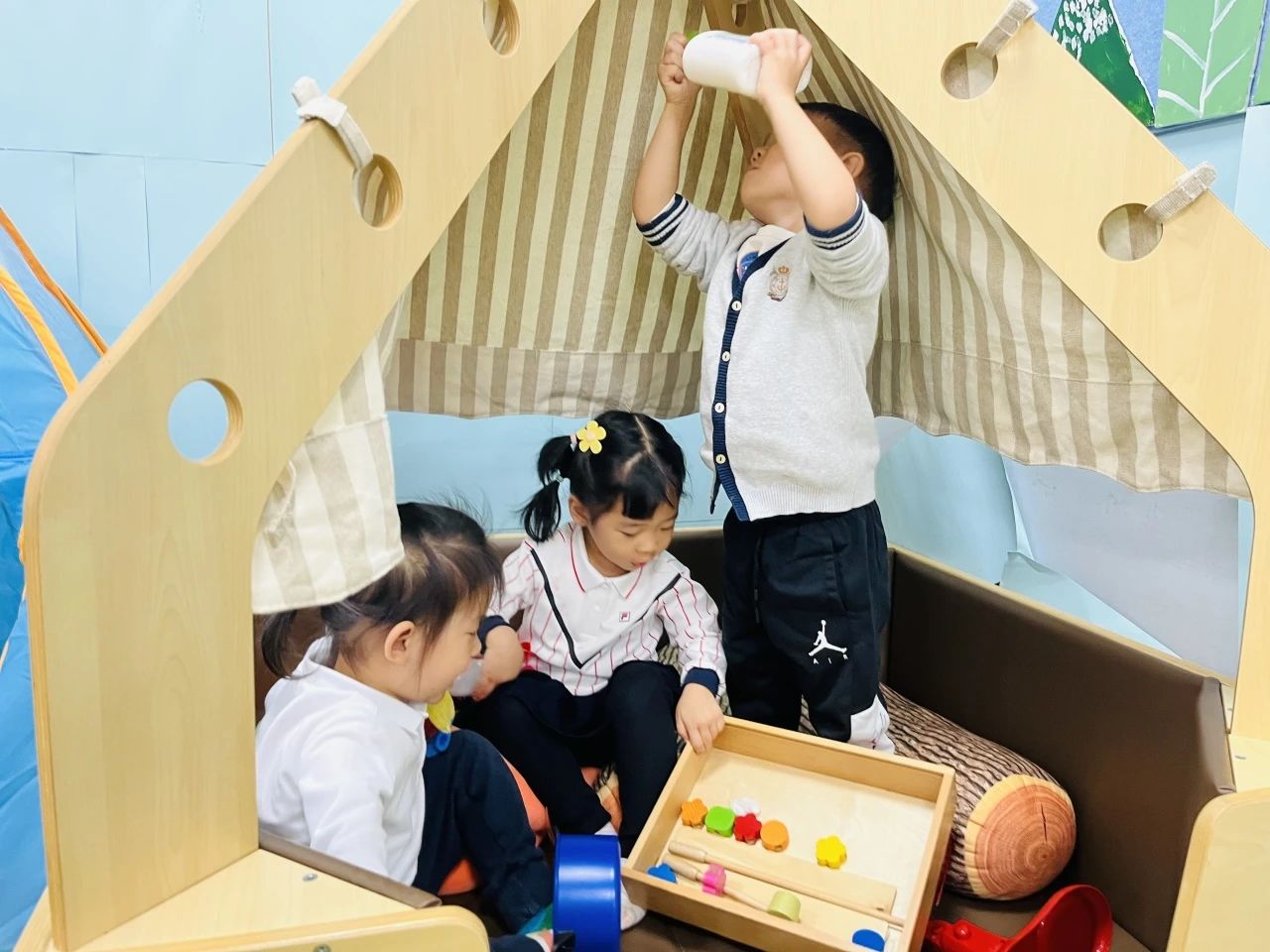

建构空间
建构空间可以说是“塑造工程师的地方”,是幼儿进行建构游戏的主要场所。在建构空间内,幼儿动手动脑、发挥想象,通过对不同建构材料进行观察、操作、搭建,创造性地反映现实生活。建构空间有三个主要的区域小型建筑玩具,大型建构玩具,低结构材料建构区。
看!建构空间各种丰富多彩的材料激发了孩子们无限的想象力。他们你来我往,充满活力地探索着,小朋友们彼此讨论、相互启发,合作搭建出富有创造力的作品,虽然彼此都会有自己的想法,但很快能意识到合作的重要性,建构游戏激发他们无限创造力的同时,也演练着不同年龄段孩子们互助互爱的美德。孩子天生的探索欲、创造力在这里得到充分的释放。他们投入游戏,开心交流,幸福快乐洋溢整个建构空间。这是学习和成长中不可或缺的宝贵经历。
孩子们结合IB-PYP探究的主题搭建结合主题的作品
 |
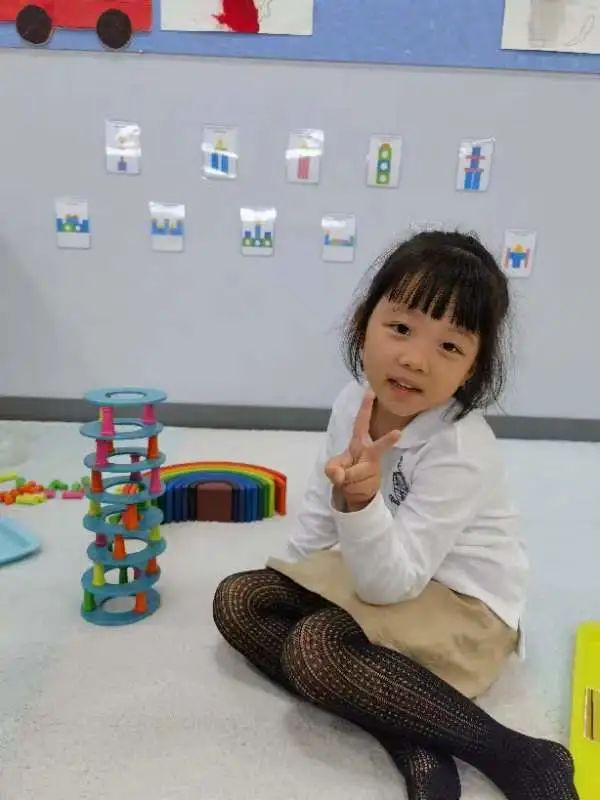 |
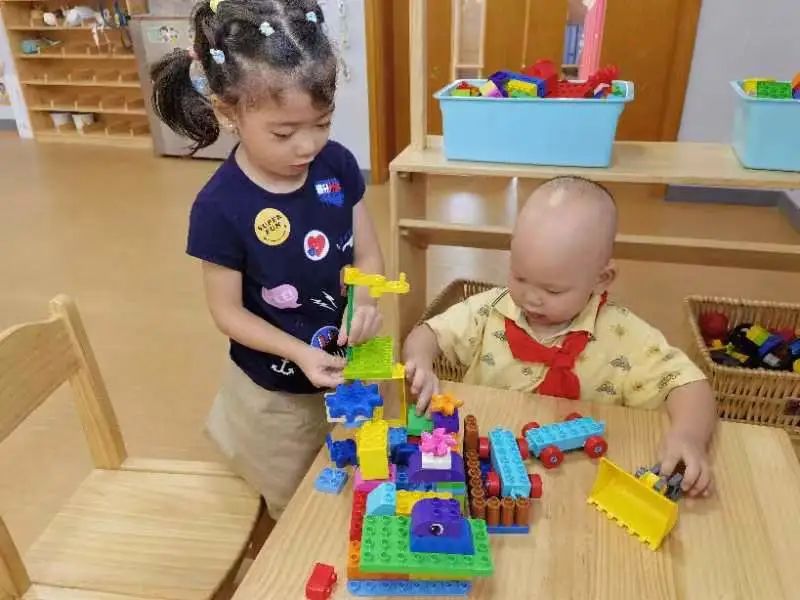 |
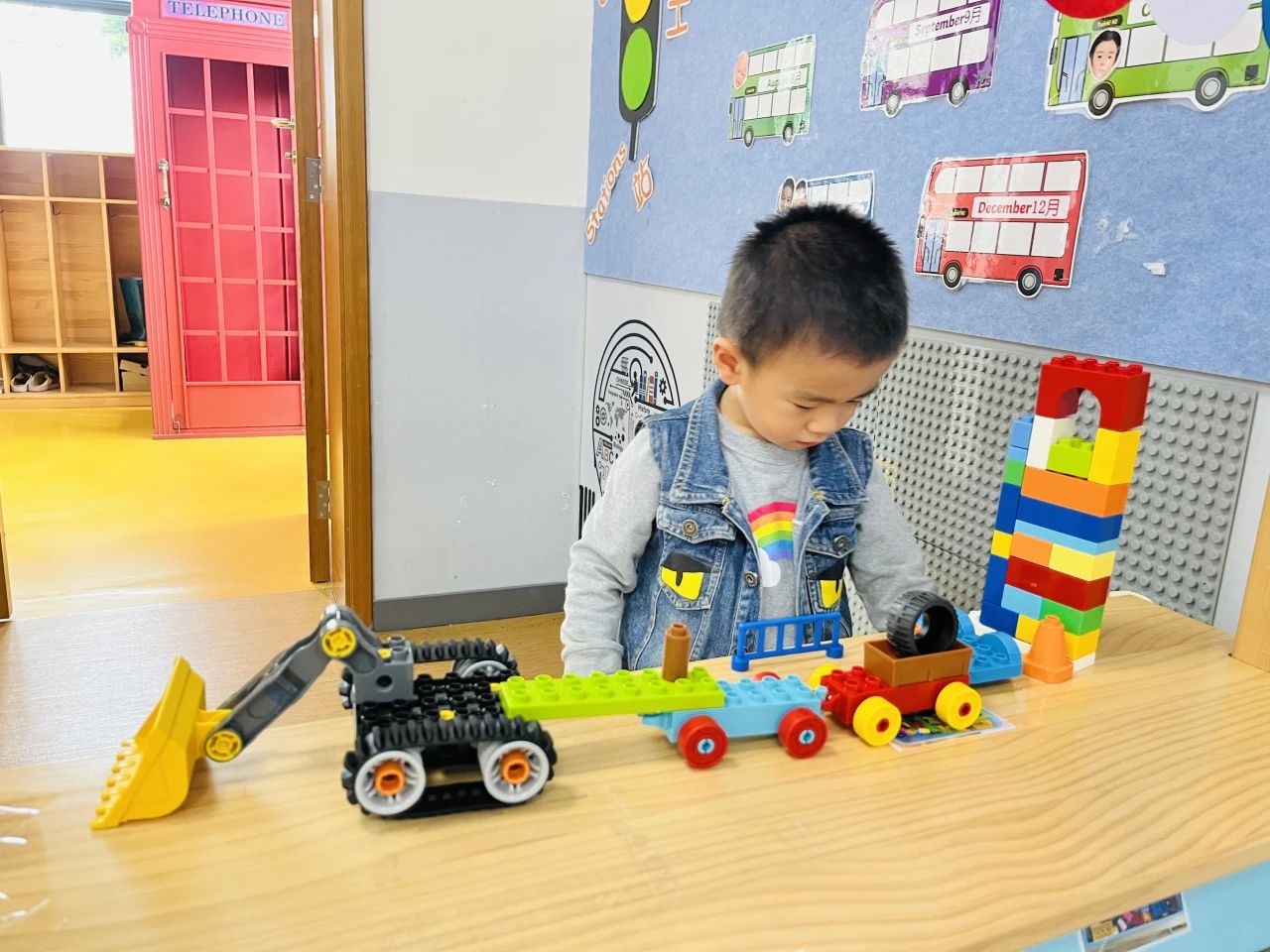 |
The construction space can be said to be the “place where engineers are shaped” and the main place for young children to engage in construction games. In the construction space, children use their hands, brains, and imagination to observe, operate, and construct different construction materials, creatively reflecting real life. The construction space consists of three main areas: small construction toys, large construction toys, and low structural material construction areas. Look! The construction of various rich and colorful materials in the space has stimulated children’s infinite imagination. They come and go, exploring with vitality. The children discuss and inspire each other, and collaborate to create creative works. Although each other has their own ideas, they quickly realize the importance of cooperation. While constructing games to stimulate their infinite creativity, they also practice the virtues of mutual assistance and love among children of different ages. Children’s innate exploration and creativity are fully unleashed here. They immerse themselves in games, communicate happily, and the entire construction space is filled with happiness and happiness. This is an indispensable and valuable experience in learning and growth.
科学空间
幼儿的科学教育重在激发幼儿的认识兴趣和探究欲望,科学空间是幼儿科学探索的主要场所,通过各种各样的科学小实验,提高幼儿的操作能力和探究能力,在实践中获取科学知识,使幼儿的交流和观察能力得到培养和锻炼,充分开发幼儿潜能,培养科学兴趣。科学空间鼓励所有儿童从小就融入STEM活动,并培养STEM各个领域的好奇心。
科学空间一共分为三个区域:数学区、科学区、益智区与小的建筑角。在科学空间里,孩子们的奇思妙想在这里无限蔓延。丰富多样的材料激发孩子们主动探索科学奥秘,大小朋友互相帮助,感受科学的无限魅力,分享收获的喜悦。“无边界”的探索也让合作与互助的在她们的心中无限蔓延。
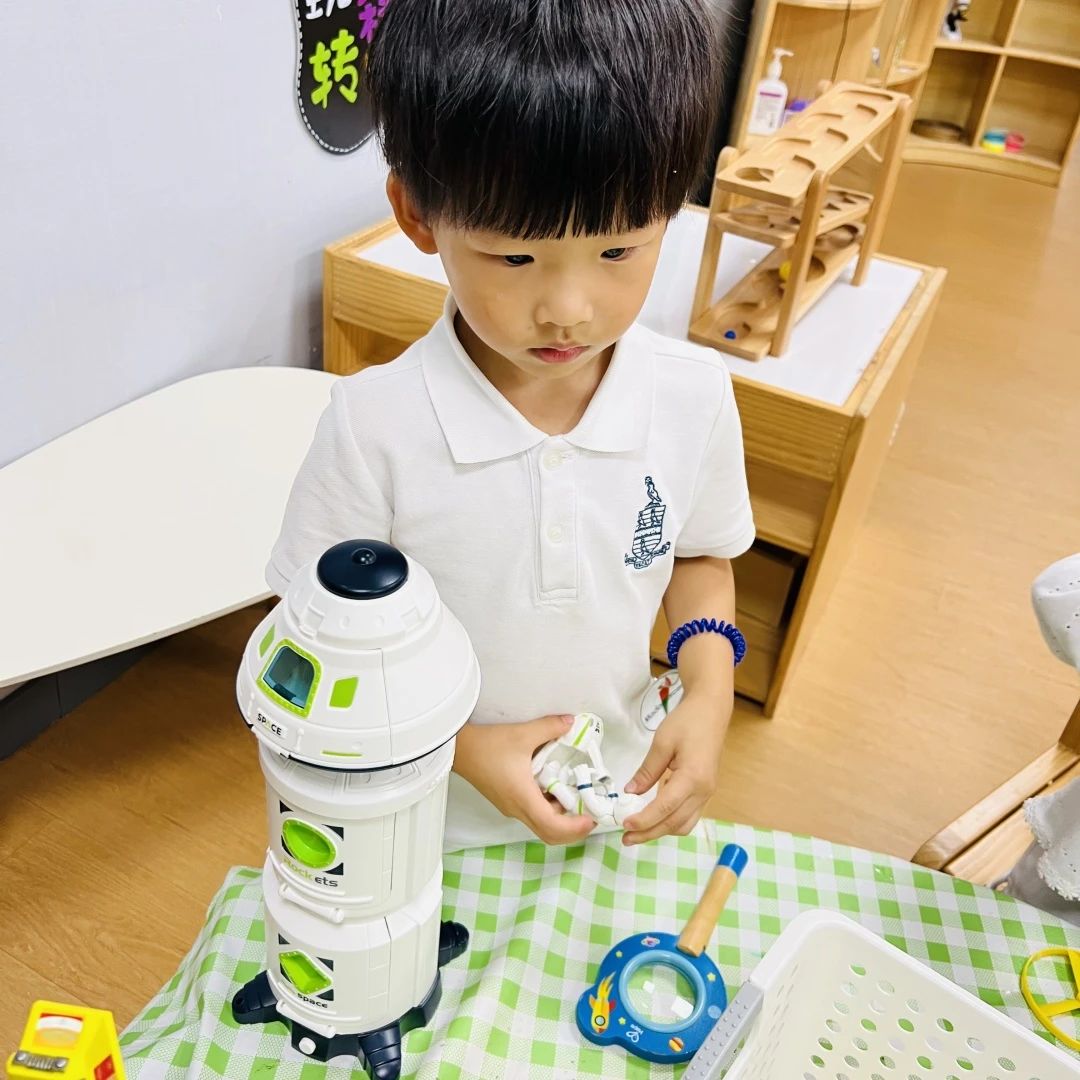
 |
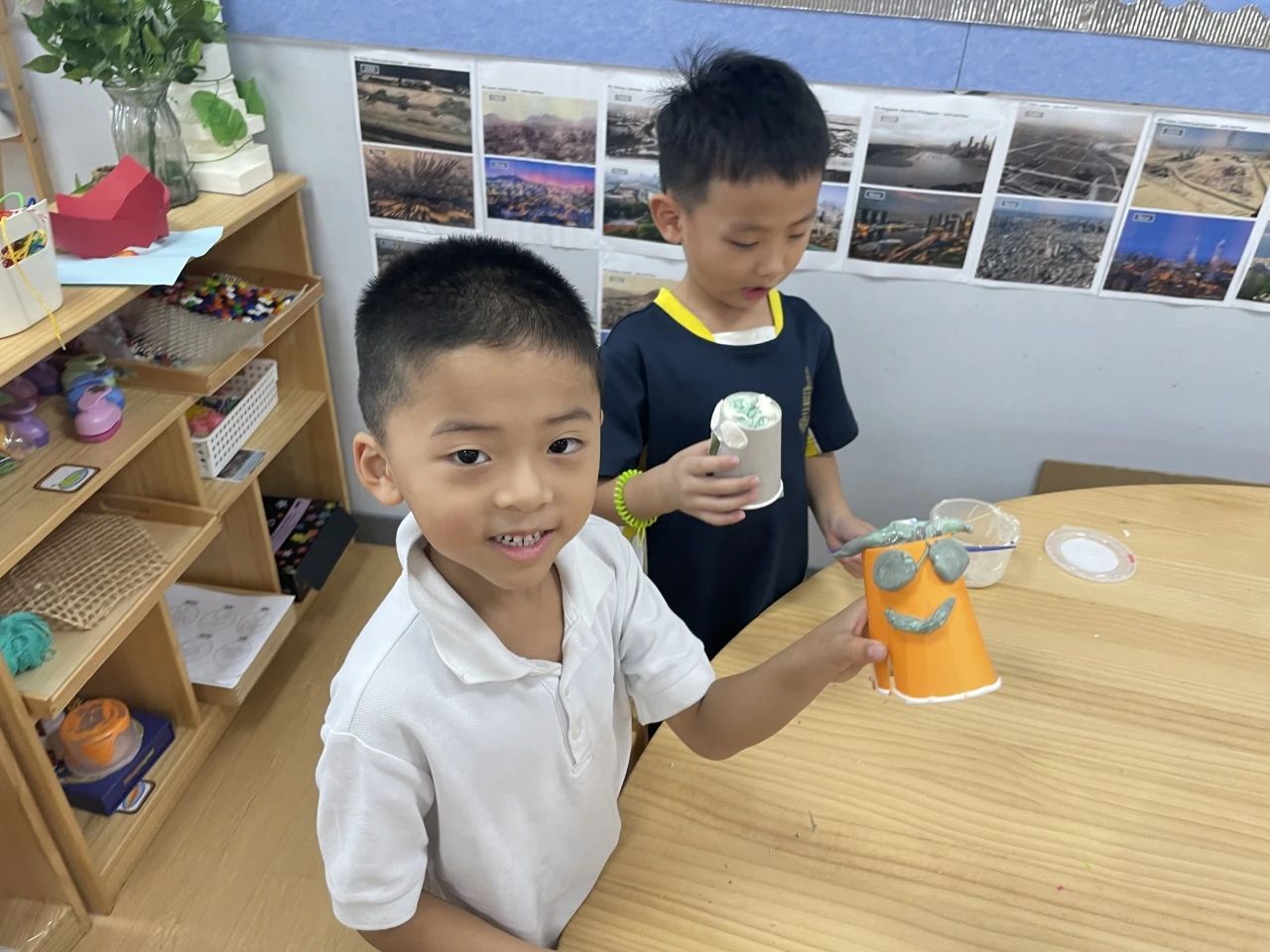 |
 |
 |
世界文化空间
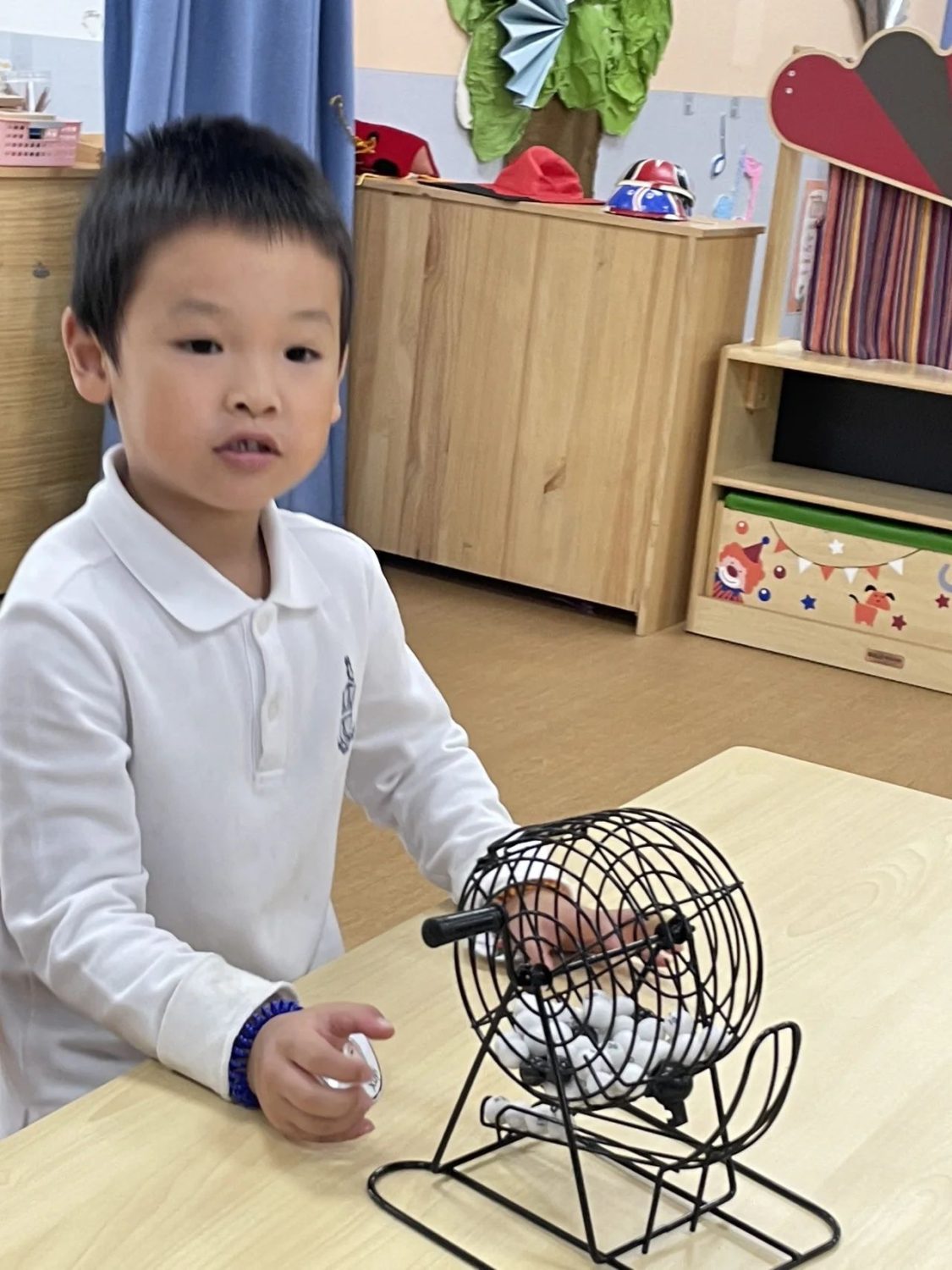 |
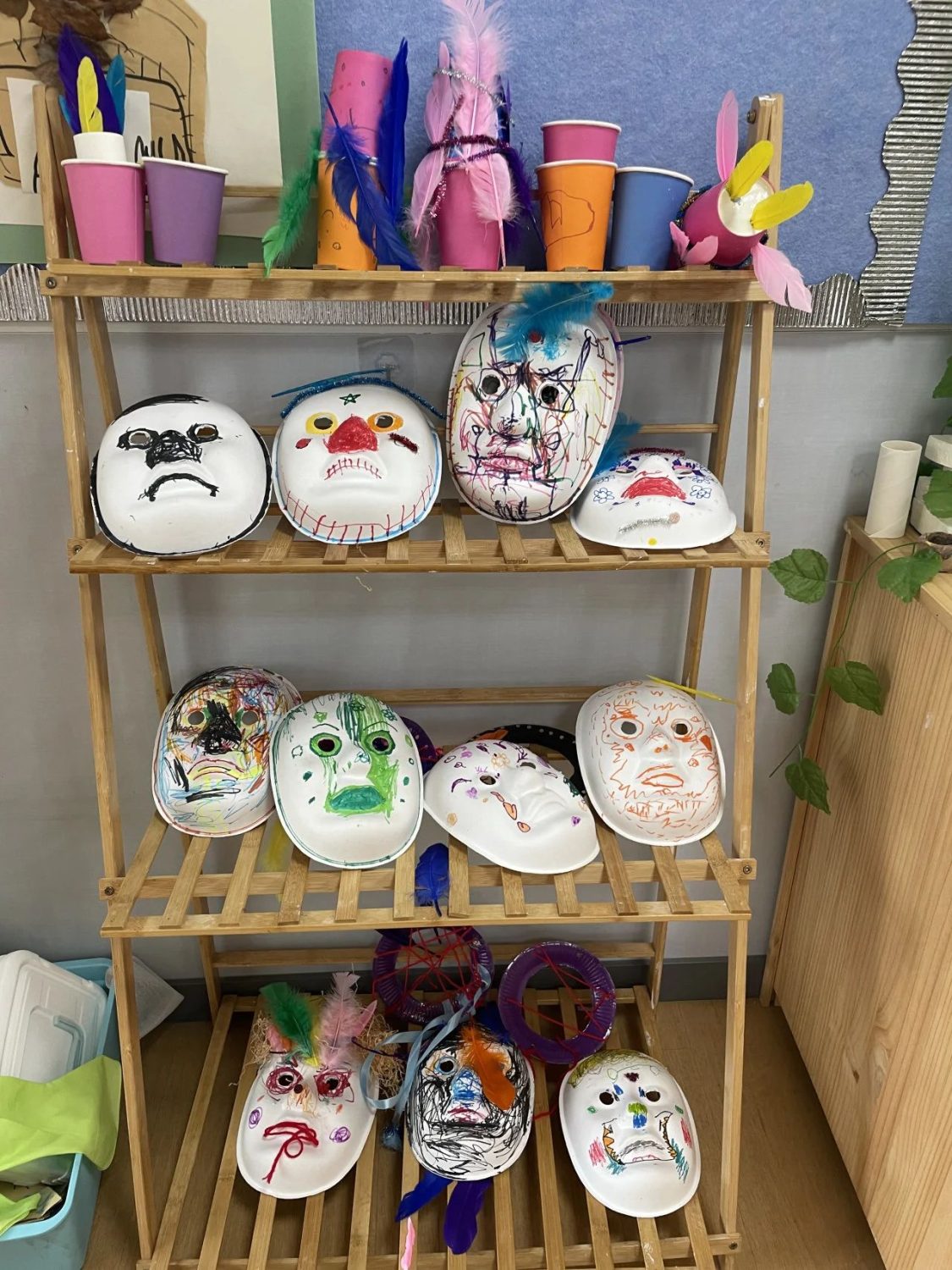 |
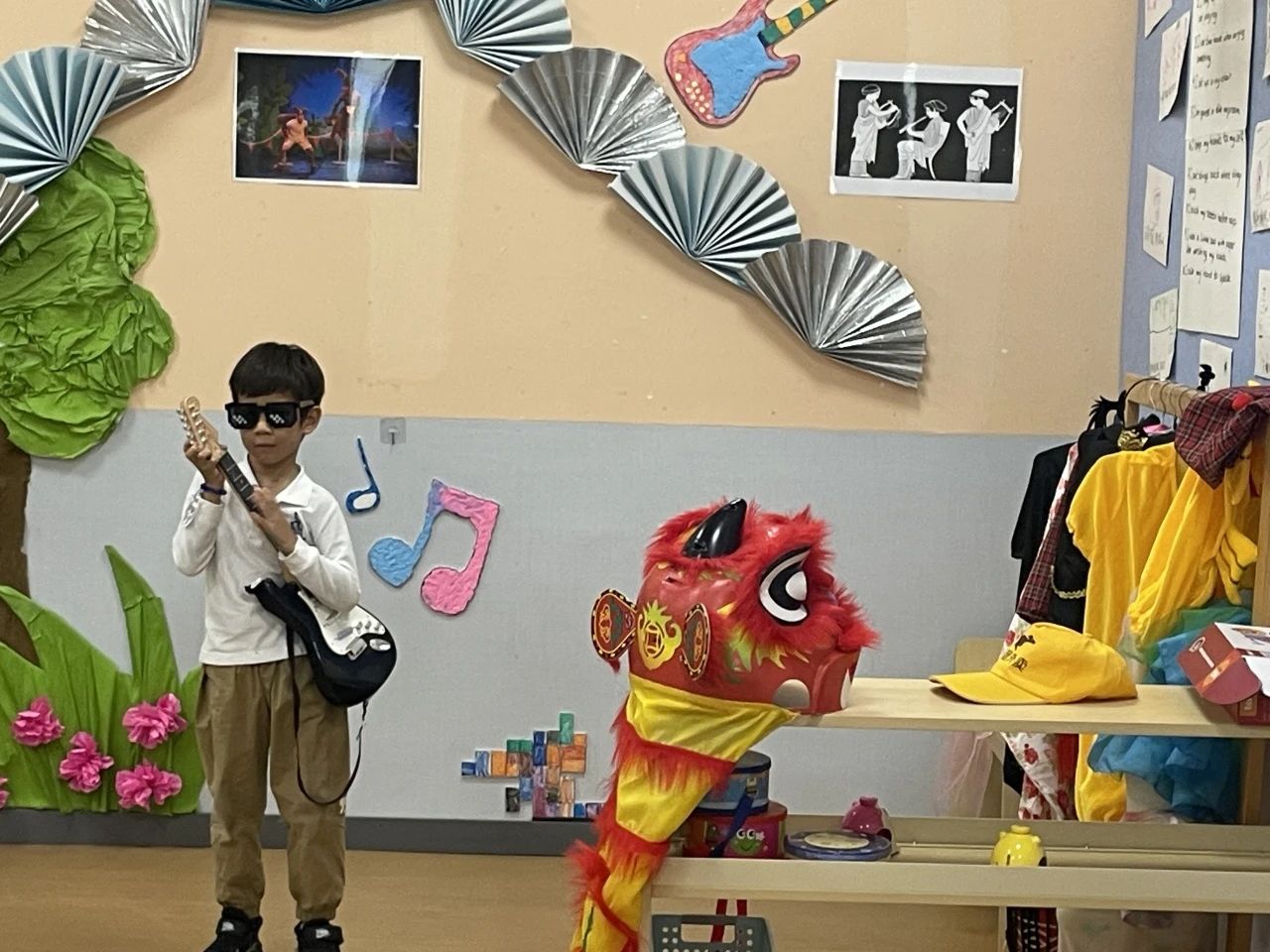
The world cultural space allows children to understand the diversity of world cultures and have an open and inclusive mindset to promote their international awareness. The world cultural space is divided into three regions: music and theater, international art district, and international culinary district. Children can experience different musical instruments and costumes from around the world, learn about different cultures, make delicious food from different countries, learn about models of famous landmarks from around the world, and more. In the cultural space of the world, children often hold hands and happily explore this colorful world together. Friends explore literary and artistic works from various countries together, experience the charm of multiculturalism, and the seeds of exploring the world are taking root and sprouting in these small hearts.
语言与戏剧空间
语言和戏剧空间是为了激发人们对阅读和表演的热爱。语言与戏剧空间分为三大区域:戏剧舞台、阅读区与语言区。在语言和戏剧空间,小朋友们的想象力被充分激发,我们可以时常穿着色彩斑斓装饰的小演员,手持木偶在小剧场里演绎着绘本里精彩的剧情。也可以看到孩子在阅读区里的地毯上哥哥姐姐给弟弟妹妹讲故事的场景。在这个区域里,孩子们在游戏中学习语言的魅力,体会合作创作的乐趣。
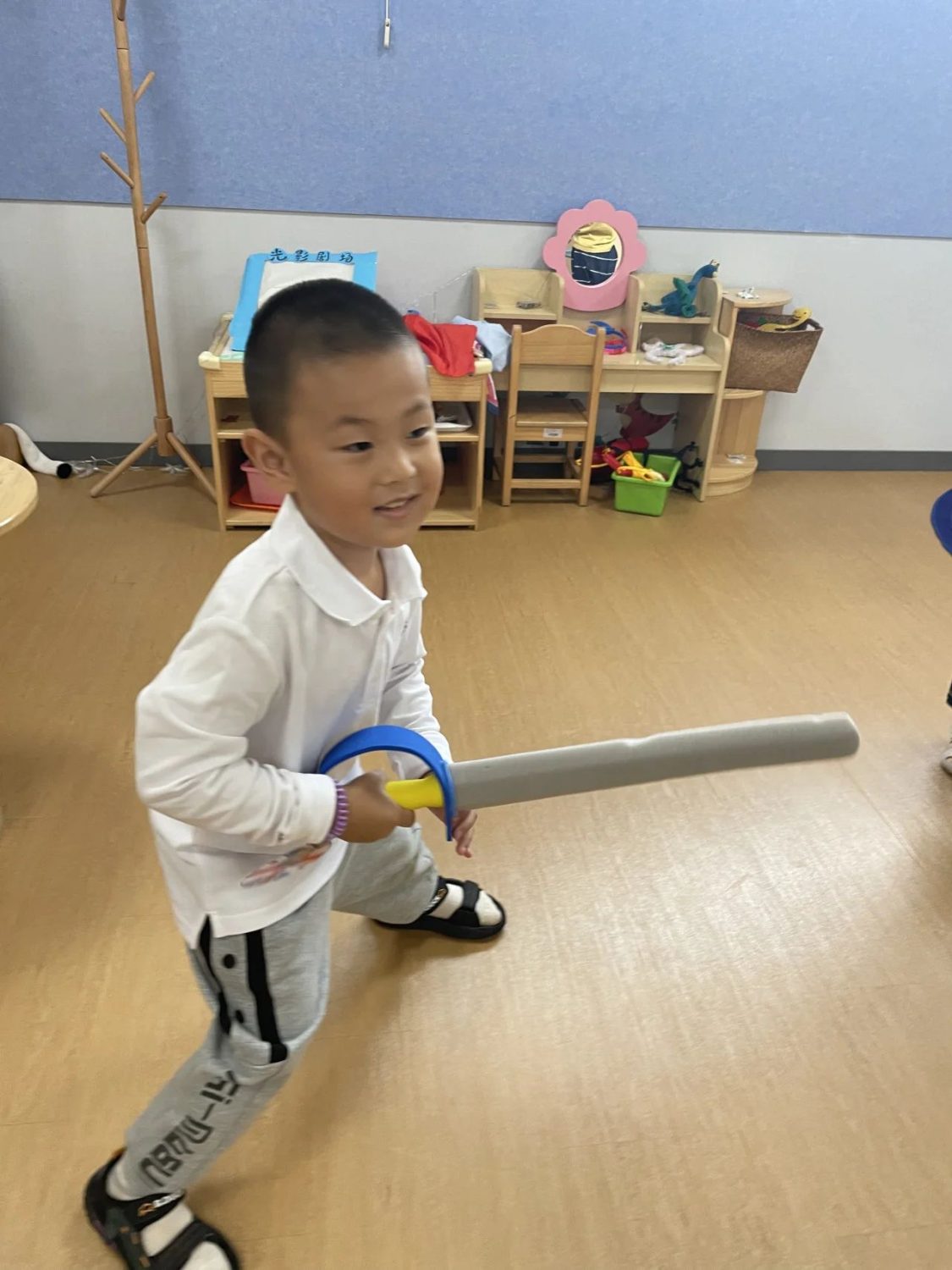 |
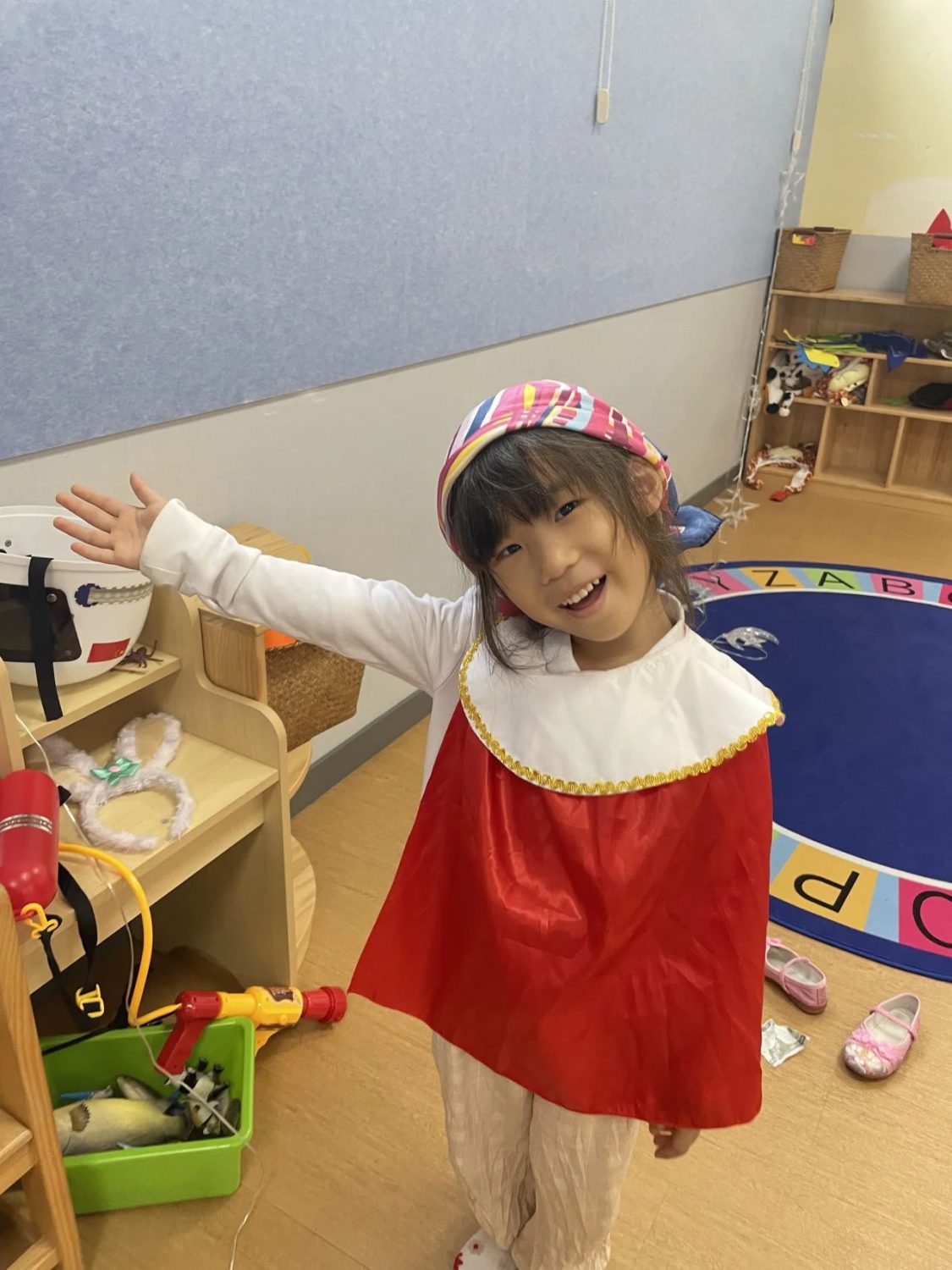 |
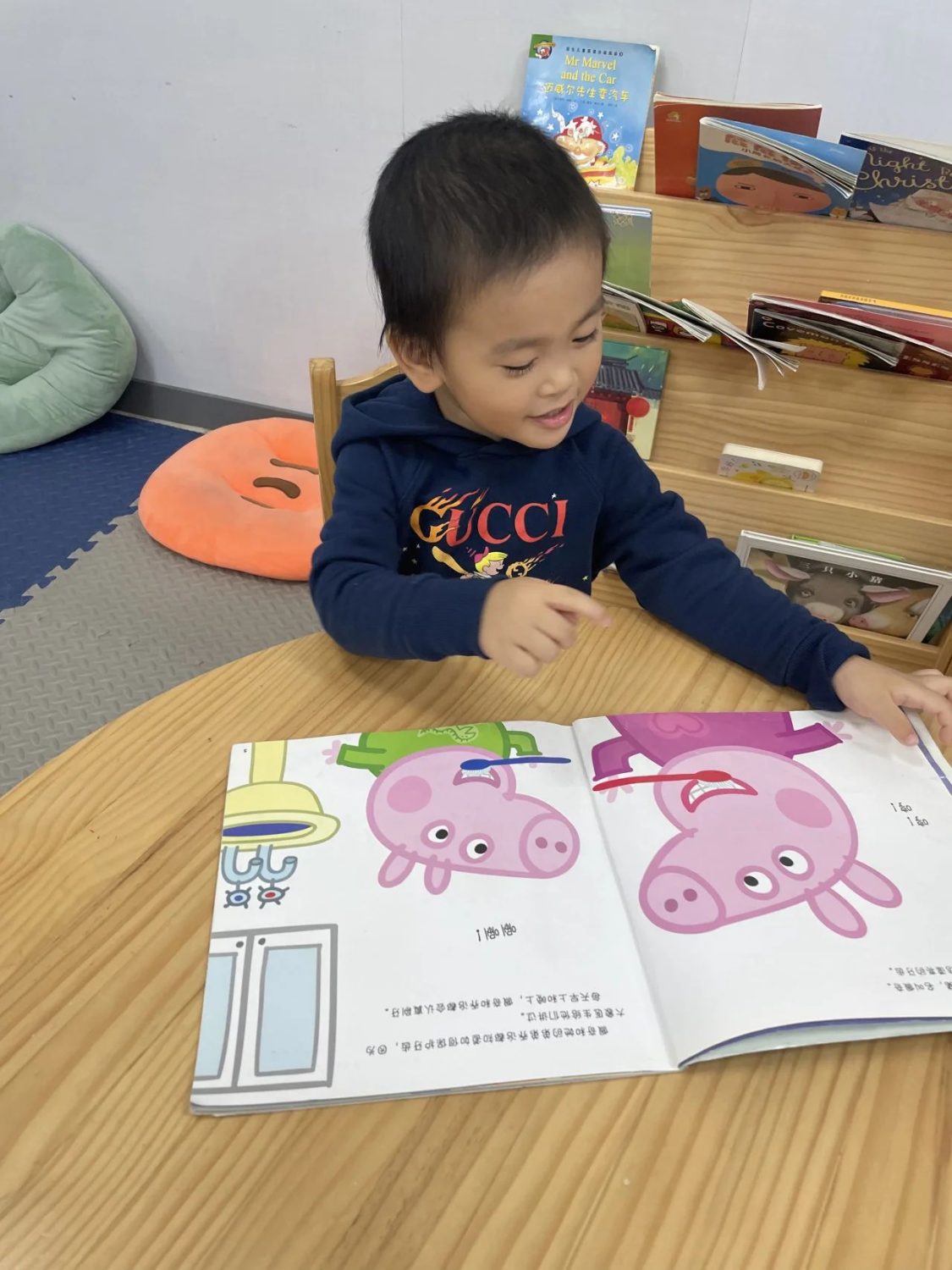 |
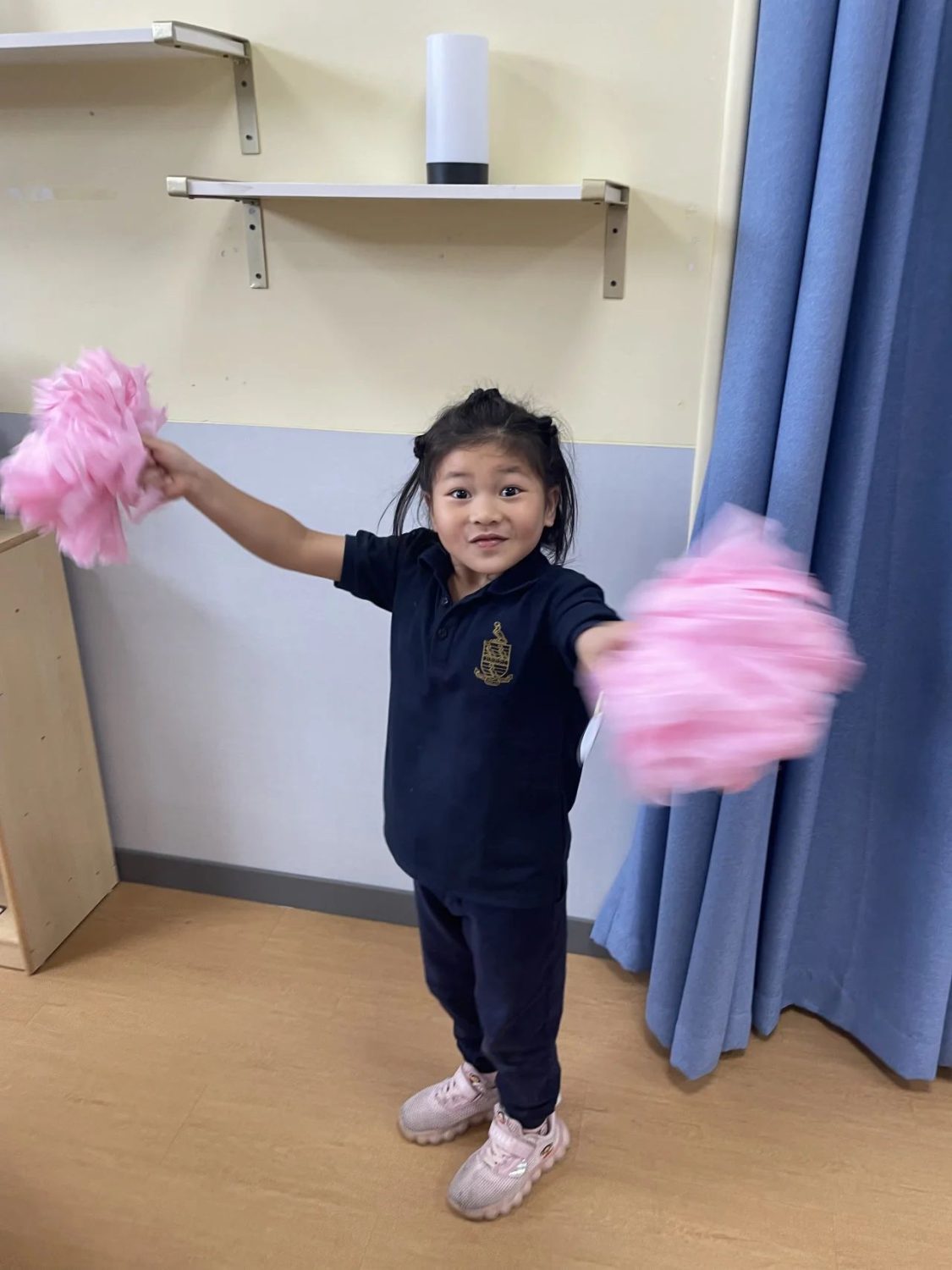 |
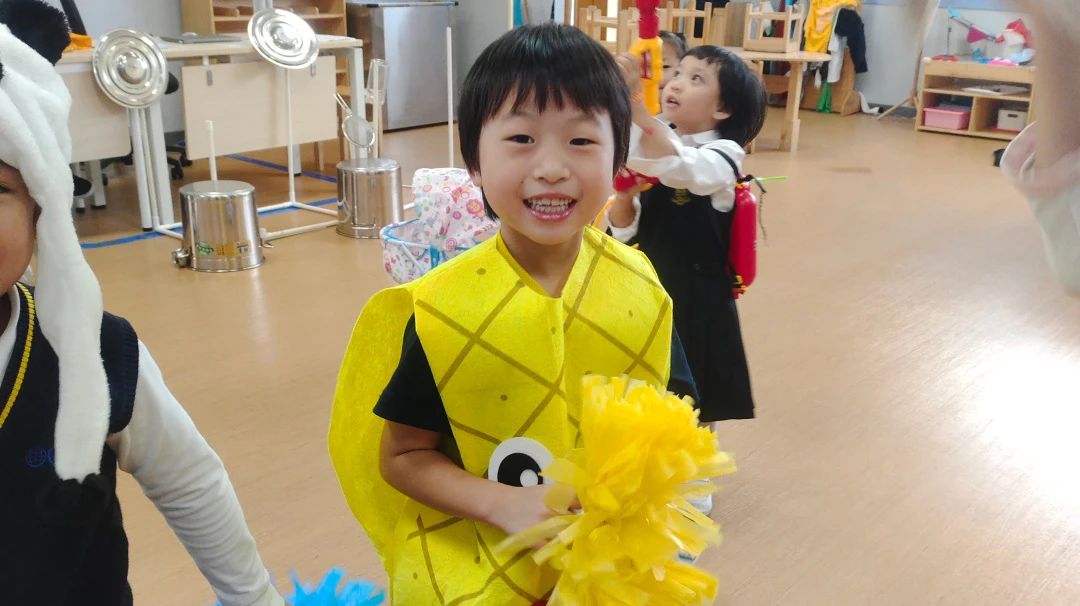
Literacy and Drama space are designed to stimulate people’s love for reading and performance. The Literacy and drama space is divided into three major areas: the drama stage, the reading area, and the language area. In theLiteracy and drama space, the imagination of children is fully stimulated. We can often wear colorful decorations as small actors, holding puppets in the small theater, performing the exciting plot in picture books. You can also see the children telling stories to their younger siblings on the carpet in the reading area. In this area, children learn the charm of language in games and experience the joy of collaborative creation.


 苏州工业园区海归人才子女学校
苏州工业园区海归人才子女学校
 闽公网安备 35021102001400号
闽公网安备 35021102001400号